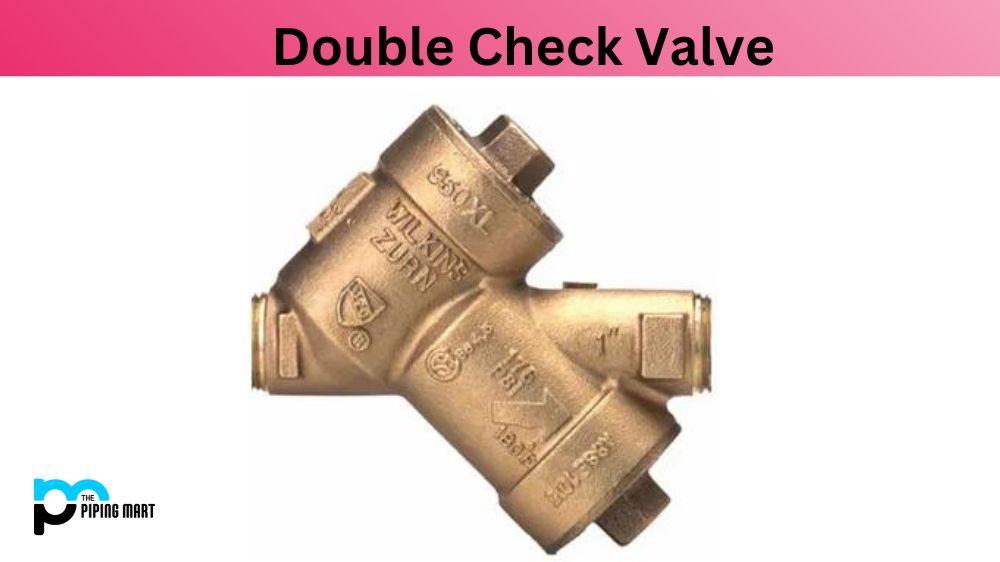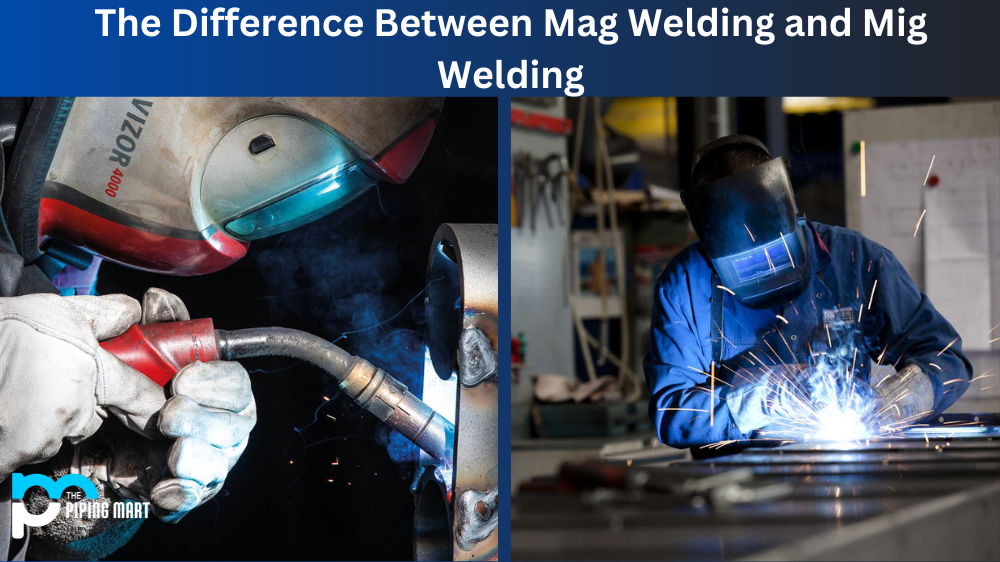Double check valves, called DCVs, are backflow prevention devices that protect potable water supplies from contamination. Essentially, DCVs feature two valves arranged in a series that prevent water from flowing back into and contaminating the system. This blog will discuss the advantages and disadvantages of double check valves as a backflow prevention method.
What is Double Check Valve?
Double Check Valve (DCV) is a type of backflow prevention valve used in plumbing systems. It consists of two independently-acting, spring-loaded check valves mounted in series, with an intermediate atmospheric vent. When in the closed position, it prevents the reverse flow of contaminated water into the potable water supply. DCVs are most commonly used to protect against potential contamination from lawn sprinklers and irrigation systems.
Advantages of Using Double Check Valve
Cost-Effective: Double check valves are a relatively affordable backflow prevention method compared to other devices used in similar applications.
Easy to Install: DCVs generally require little modification to the existing plumbing system, making them easy and quick to install.
Low Maintenance: Unlike other backflow prevention devices that require regular maintenance and testing, DCVs are relatively low maintenance.
Disadvantages of Using Double Check Valve
Limited Backflow Prevention: Double check valves have a lower backflow prevention level than other devices like reduced pressure zone assemblies, making it unsuitable in some situations where high-level protection is required.
No Monitoring: As DCVs are low-maintenance devices, they feature no monitoring. This means that there is no way to know if a DCV has failed to protect the system from contamination at any given moment.
Installation Restrictions: DCVs cannot be installed in all plumbing systems and can only be placed inside a building. Moreover, it’s only suitable when the risk of backflow contamination is low.
Conclusion:
Double check valves are a cost-effective and easy-to-use backflow prevention method for potable water supplies, making them ideal for low-risk situations. However, it’s important to understand that they have their limitations. DCVs offer a lower level of backflow prevention and cannot be installed in all plumbing systems, which is why it is important to choose the right backflow prevention device based on your specific needs and risk assessment. Therefore, it is strongly recommended to consult an expert before choosing the backflow prevention device for your plumbing system.

A passionate metal industry expert and blogger. With over 5 years of experience in the field, Palak brings a wealth of knowledge and insight to her writing. Whether discussing the latest trends in the metal industry or sharing tips, she is dedicated to helping others succeed in the metal industry.




